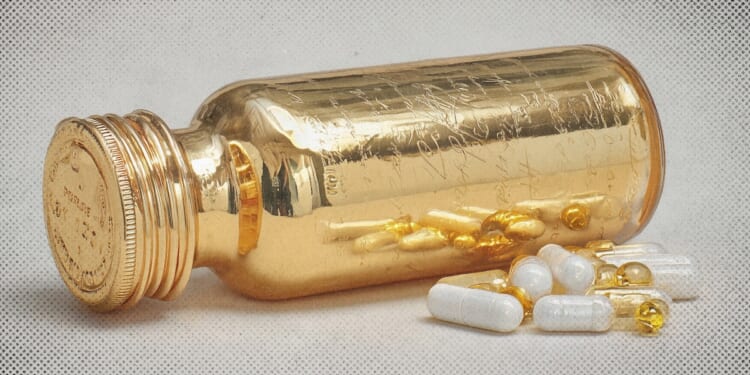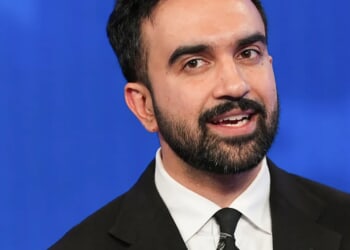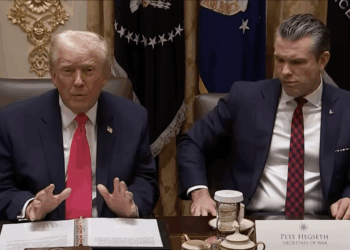Health insurance premiums are predicted to increase by 8.5% next year for employees whose insurance is provided by private employers, marking the highest annual increase since 2012, according to accounting firm PricewaterhouseCooper (PwC).
This premium price increase is the highest annual jump since just two years after the Affordable Care Act, also known as ObamaCare, was passed.
Speaking of ObamaCare, roughly 24 million Americans now on an ACA exchange could see their premiums jump by upwards of 75% next year. This is thanks to expiring temporary subsidies that Democrats implemented during the Biden administration to mitigate the economic downturn of the COVID era.
As with all Democrat-introduced temporary programs, “temporary” means a political opportunity to demand permanence. After all, millions of Americans will find health insurance unaffordable if taxpayers aren’t fleeced. That is what the Democrats’ government shutdown showdown is all about: an attempt to bully Republicans into acquiescing to their demands.
The trouble is, it is undeniable that health insurance is becoming increasingly expensive. And we have ObamaCare, in large part, to thank for this phenomenon. As many Republicans noted when the deceptively named Affordable Care Act was passed, the law was designed as a stepping stone to an eventual single-payer, universal healthcare system. It was never really about addressing the rising healthcare costs.
Meanwhile, once again, a Gallup survey from last December found that “Americans’ rating of the quality of U.S. healthcare has fallen to the lowest reading in 24 years, and views of healthcare coverage nationally remain broadly negative.”
But what explains the significant jump in premiums? Gerard Anderson, a health policy and management professor at Johns Hopkins University, said, “Pharmaceutical prices are the main reason for higher costs, primarily because a number of very high-cost drugs have entered the market recently.”
Last year alone, the Food and Drug Administration approved 50 costly drugs for the treatment of common medical conditions. Those medical conditions are obesity and mental health.
For example, last year the FDA approved Kisunla, a drug for treating Alzheimer’s disease that costs a whopping $32,000 annually. An anti-schizophrenia drug, Cobenfy, was also given the green light, but it comes with a $1,850 price tag for a 30-day supply.
However, even more interesting is the growing use of weight-loss drugs. Classified as GLP-1 drugs, these pharmaceuticals, such as Ozempic and Mounjaro, “are significantly contributing to the sharp rise in pharmacy spending,” says Phil Sclafani, a New York-based partner in PwC’s pharmaceutical and life sciences practice.
PwC estimates between 8% and 10% of Americans are currently taking these weight loss drugs, with likely some 30% to 35% looking into them. Ozempic, developed by the Danish drugmaker Novo Nordisk, costs patients between $300 and $1,300 per month for the injections.
Another factor adding to America’s rising healthcare costs is Donald Trump’s tariff war with China. The U.S. gets nearly 30% of active pharmaceutical ingredients from China. Furthermore, hospital costs have increased by about 15% due to tariff-related expenses.
The frustration with the current government shutdown is that, instead of genuine, good-faith discussions to find solutions to rising healthcare costs, Democrats view it as an opportunity to play politics for more power. The goal is to make Americans more dependent on government, rather than helping them become less dependent and more self-sufficient.
As Senate Minority Leader Chuck Schumer recently admitted regarding the Democrats’ shutdown, “Every day gets better for us. It’s because we’ve thought about this long in advance, and we knew that healthcare would be the focal point on September 30, and we prepared for it. … Their whole theory was — threaten us, bamboozle us, and we would submit in a day or two.”
















